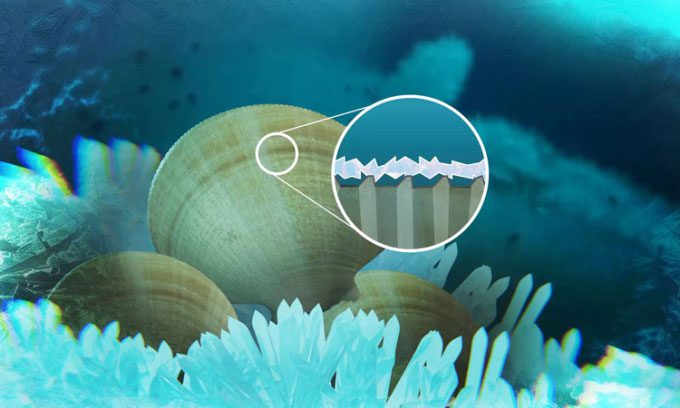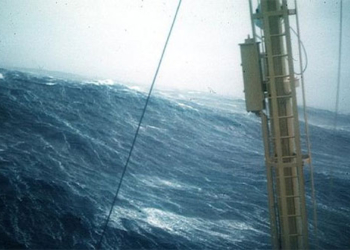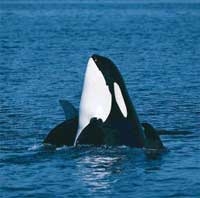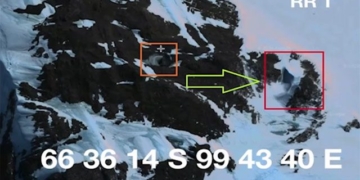Thanks to its unique shell structure with many small ridges, the Antarctic scallop can survive in extremely cold environments.
In Antarctica, objects and living organisms can freeze even when submerged in water. This poses a significant challenge for maritime navigation in polar regions.

The special structure of the Antarctic scallop’s shell helps it avoid freezing. (Photo: MPI-P)
Such supercooled water has a temperature just below the freezing point. Due to the high salt content, even though the freezing point is about -1.9 degrees Celsius, the water in Antarctica is approximately 0.05 degrees Celsius colder. Even the slightest disturbances, such as sand grains or surface waves, can cause the supercooled water to freeze, sometimes resulting in deadly consequences for organisms unable to survive in a frozen state.
However, the Antarctic scallop (Adamussium colbecki) can thrive in this environment, according to chemist Konrad Meister, a professor at the University of Alaska. During an expedition in Antarctica, Meister observed the Antarctic scallop’s effective anti-freezing mechanism.
“Our divers reported that they had never seen extensive ice formation on the surface of this native scallop species”, Meister stated. This new research was published in the journal Communications Biology.
An international research team, including members from the Max Planck Institute for Polymer Research (MPI-P) and the University of Oregon, believes that the Antarctic scallop has developed a special surface structure through evolution to avoid freezing. While scallops in warmer regions have smooth or irregular shell surfaces, the species in Antarctica has a very “orderly” structure.
Microscopic images show small ridges spreading out from a central point on their shells. These ridges ensure that water will first freeze there. If the freezing process continues, the ice will continuously accumulate and only settle on the ridges. Due to the low adhesion between the ice and the shell, even weak currents can wash away the ice layer, preventing the animal from being frozen.
In addition to microscopic studies, the research team also conducted freezing experiments with Antarctic scallops and a species living in warmer waters. They found that the force required to remove the ice layer from the Antarctic scallop is much lower than that for the other species.
“It’s fascinating how evolution has provided an advantage to the Antarctic scallop. We may derive new technological applications based on information about its non-freezing shell. For example, non-freezing surfaces could be very useful for transportation in polar regions,” Konrad Meister commented.




















































